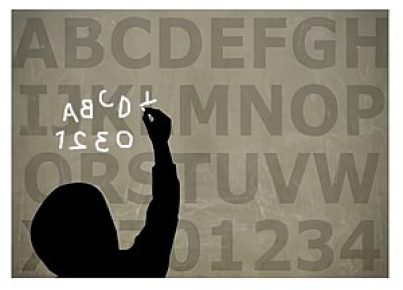Introduction
Dyslexia, a neurological condition that affects reading, writing, and spelling, has a significant impact on students’ academic performance. One aspect of dyslexia that is often overlooked is its relationship with working memory. Working memory is the cognitive process of holding and manipulating information for a short period. Research has shown that individuals with dyslexia tend to have weaker working memory capacity compared to their non-dyslexic peers. This article explores the connection between dyslexia and working memory and provides strategies to help students with dyslexia remember more.
The Connection Between Dyslexia and Working Memory
Working memory plays a crucial role in reading comprehension, language processing, and problem-solving. It allows us to retain information from various sources, integrate new knowledge with existing knowledge, and manage complex tasks. In individuals with dyslexia, deficient working memory can exacerbate the challenges they face in language-based tasks such as reading and writing.
Several studies have found that children with dyslexia exhibit lower scores on working memory tasks compared to their typically developing peers. This can create difficulties in organizing thoughts, keeping track of instructions or steps in solving problems.
Strategies to Help Students with Dyslexia Strengthen Their Working Memory
1. Chunking: Breaking down large pieces of information into smaller “chunks” can make it easier for students with dyslexia to remember and comprehend content. You can teach your students various strategies like grouping words by category or creating visual links between items.
2. Repetition: Encourage students with dyslexia to read or recite information multiple times to improve their ability to retain it in their working memory. Providing opportunities for repetition can help strengthen neural connections necessary for long-term memory.
3. Use visual aids: Visuals such as diagrams or graphic organizers can be useful tools in aiding the working memory of students with dyslexia. Visual aids can help students structure their thoughts and break down complex concepts.
4. Encourage note-taking: Encourage students to maintain organized notes, as this helps to strengthen working memory by turning a short exercise into a longer, more involved process that engages various cognitive functions.
5. Teach mnemonic devices: Mnemonic devices such as acronyms or rhymes can be valuable tools for students with dyslexia. These memory aids can help them retain information more easily and recall it later.
6. Incorporate multisensory learning: Combining different sensory input (visual, auditory, kinesthetic) to teach new concepts can support the working memory of dyslexic students and improve their comprehension.
7. Create a supportive environment: Encourage students to ask questions and seek clarification when needed. Offer praise for their efforts and provide constructive feedback on their work.
Conclusion
Understanding the connection between dyslexia and working memory is essential in helping students with dyslexia overcome the challenges they face in their academic journey. Implementing the strategies discussed in this article will not only empower these students but also enable them to reach their full potential and succeed despite any learning obstacles. With consistent practice and support, students with dyslexia can strengthen their working memory skills and excel in their academics.




